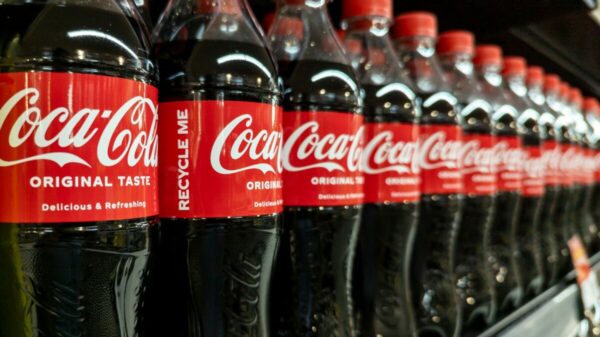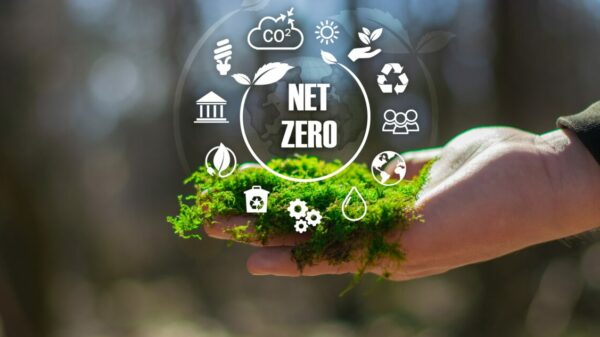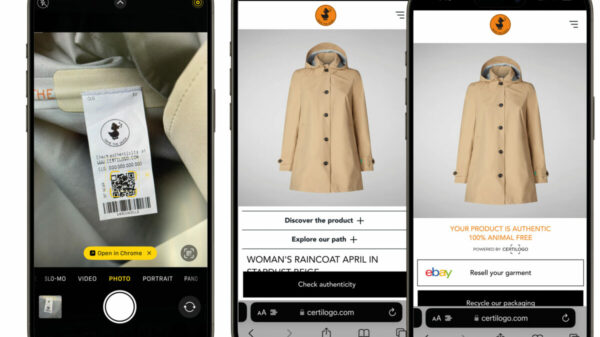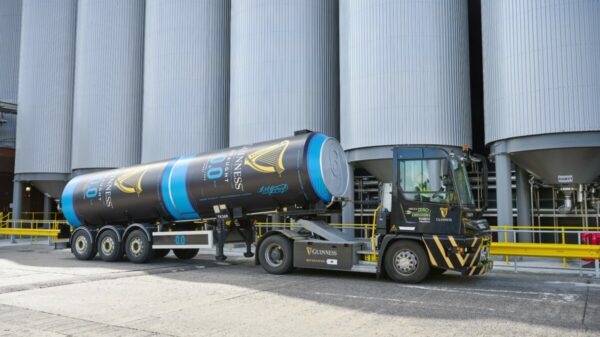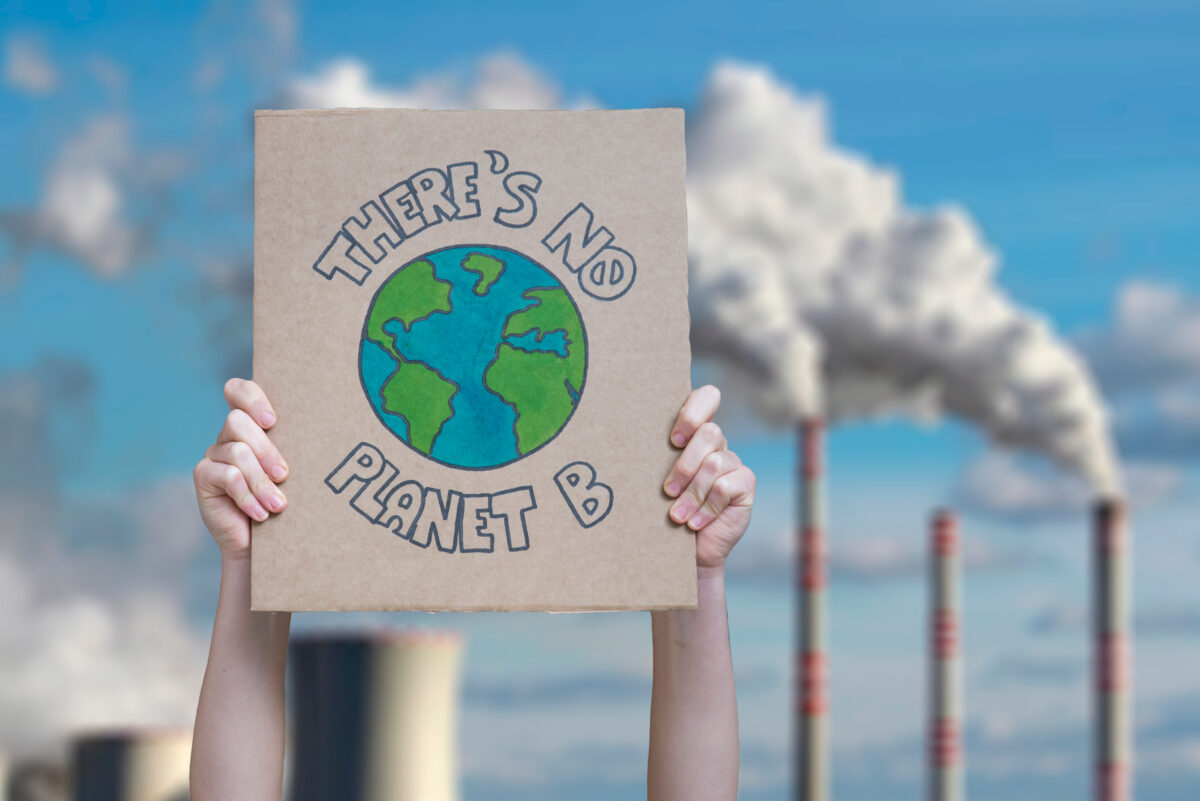When is a carbon offset not a carbon offset? Quite often, actually.
In what might be the industry’s worst-kept secret, many of the forest-based carbon credit schemes – used by some of the world’s biggest companies to offset their carbon footprint – are worse then useless. Many of them actually contribute to the climate crisis rather than helping it.
But why don’t we talk about it?
Zone/Cognizant chief experience, design and product officer, Esther Duran explains why the sustainability sector needs to start calling out companies that use unverified carbon credits.
“Talking about sustainability as a topic has moved sharply from languishing in the back row of the room to taking centre stage in conversations over the last decade.
We talk about long-term and short-term sustainability plans, we talk about digital and physical consumption and we talk about environmental policies and how we can do better.
But in order to do better, we have to look at what we can improve.
One thing which has often been glossed over is the fact that big companies are paying lip service to sustainability pledges by buying unverified carbon credits or ‘phantom credits’, which have zero climate mitigation value, in order to offset their wider work with fossil fuel and big companies.
What are carbon credits?
Carbon credits in and of themselves were first introduced as a force for good.
Put simply they are a type of permit which allows the purchaser (or company) to emit a certain amount of C02 or greenhouse gas. The credits cost money and so, when used appropriately, can be an incentive for companies to reduce their emissions – in order to avoid having to pay for more credits.
If a company doesn’t use all their credits up, they can sell them to another company – for a nominal fee, of course.
And here’s where the problem with carbon credits emerges: after years of being used, they have now become a trading commodity and there are now numerous bigger companies buying carbon credits from smaller companies in order to offset their carbon footprints.
The value of the global carbon credit market reached more than £650 billion ($850 billion) in 2021, an 164% increase from the previous year in 2020.
Subscribe to Sustainability Beat for free
Sign up here to get the latest sustainability news sent straight to your inbox every day
The phantom credit
Another issue is so-called phantom credits. It was recently discovered that 94% of the offsets sold by Washington DC-based company Verra relating to rainforests were ‘phantom credits’, meaning they had no genuine carbon reduction merit.
In fact, of the 95 million carbon credits they sold to companies, just 5.5 million or 6% of them were valid.
How has this been allowed to happen? In short, the way that credits are verified is not subject to stringent approval and is largely done via an in-house approvals process with no one required to ensure that the carbon credits they are proposing are aligned with, for example, the number of trees that require planting from a project’s emissions quota.
Once the credits are approved, they are then able to be purchased by public-facing companies. Big companies.
Ben & Jerry’s, Netflix, Disney, Gucci, AirFrance and Shell all regularly purchase unverified carbon credits from Verra and use them to counter their carbon emissions. They then claim to be ‘carbon neutral’ – which is incredibly misleading to consumers who want to be able to support companies without having to do a deep dive into who is doing it viably and who is not.
Lose the illusion
It begs the question: why are big companies doing this? With huge pressure to present outwardly positive sustainability pledges, they want to provide the illusion that they’re doing a good job.
The reality is that doing real, meaningful work around climate change is hard so rather than doing what’s moral and right – companies are instead doing what’s easiest and fastest.
Buying worthless credits is not helpful but the issues around the process signify a wider problem with carbon credits. Even the ones which are legitimate and result in trees being planted can be viewed with scepticism because they don’t address the core issue.
It’s a bit like dumping a few barrels of oil in the ocean and then going to a forest and planting a seed for a new tree. The oil is still there and it’s still a problem. It’s nice to plant the tree but it’s not going to clear up the mess that the oil has created.
In order to stop this happening, awareness is key. We have to put pressure on big companies to stop offsetting their work in this way and make it clear that they need to lead the change.
Consumers should be able to have faith that when a company says it is off-setting its carbon footprint, it’s actually happening. Only then, can we hope that companies will stop paying lip service to flippant sustainability strategies and commit to investing in real, meaningful change instead.



